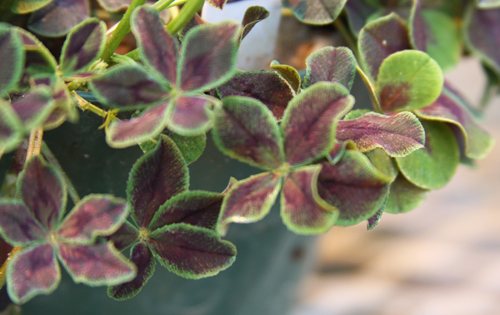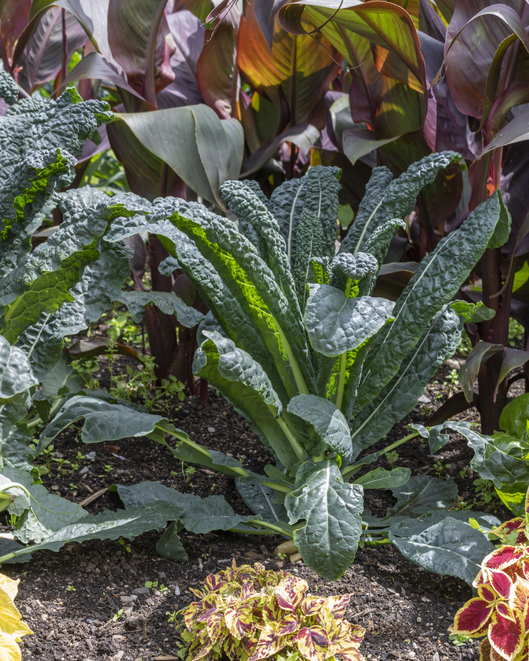Wayne Parrott has answered a question that has stumped plant breeders for the past century: Why do some white clover plants have four leaves?
“Well, there’s a gene for it. It’s not a common gene, but finding it allows us to pick and choose the traits we like and pile them up together,” said Parrott, a crop and soil sciences professor with the University of Georgia College of Agricultural and Environmental Sciences.
Parrott’s research was published in the July/August issue of the research journal Crop Science. His research team includes former UGA graduate student Rebecca Tashiro and scientists from the Samuel Roberts Noble Foundation.
Their discovery gives plant breeders the proper plant code to make “luck” a little easier to find. But the four-leaf trait doesn’t always show up, even if the genes are present. “It’s been a really tough trait to do,” Parrott said. “If daylight or temperatures aren’t right, you won’t see it.”
But if the conditions are right, he can even find plenty of seven- and eight-leaf clovers.
Parrott and his fellow researchers also found the location of two other genes that for years have stumped clover breeders.
The genes are called red fleck mark (because of the red coloring it adds to clover leaves) and red midrib (for the red rib in the center of a leaf). These features in a clover plant are “controlled by two closely linked dominant genes,” he explains in Crop Science. Parrott was able to find the genes with the aid of recently developed molecular markers.
Sustainable bedding plants
For years, white clover has been used in fields across the nation to help boost nitrogen in the soil.
Because it’s naturally a nitrogen fixer, “clover would be a very good complement to most flower beds,” Parrott said. “It allows gardeners to avoid using synthetic fertilizer, which fits in with the sustainable philosophy.”
Clover naturally adds nitrogen to the soil it’s planted in. Without enough nitrogen, plants don’t grow to be as healthy or strong as they should.
Clover releases nitrogen slower than commercial fertilizer added all at once, meaning it’s less likely to pollute the surrounding area. Its nitrogen contribution is contained in decaying plant tissue.
Clover as a garden plant
Clover is more than a nitrogen fixer. Livestock munch on it for food. Children collect its flowers. Lawn lovers occasionally curse the ground it grows in. And Southern gardeners could soon add another layer of color to their flowerbeds.
The ornamental clover types available commercially now come from England, Parrott said. And those varieties don’t do well in the hot, humid, disease-brewing summers of Georgia.
By cross-breeding different plants with traits that do well in Georgia, Parrott was able to find a few that can thrive.
“There are only about five different leaf traits, and we mix and match them to get different combos,” he said. They’ve been “working to shrink the leaf size and make the growth more compact.”
They’ve also found pink flowers on some clover plants. They’re trying to figure out a way to grow varieties that have pink flowers, four leaves, good traits and are strong enough to withstand Georgia’s hot summers.
Clover is a perennial plant, meaning it comes back year after year. It grows well in the fall, winter and spring in Georgia. Further north, it lasts all summer.
“We’ve released four varieties of them,” Parrott said. “Now, the UGA Research Foundation is looking for a nursery willing to commercialize them.”













